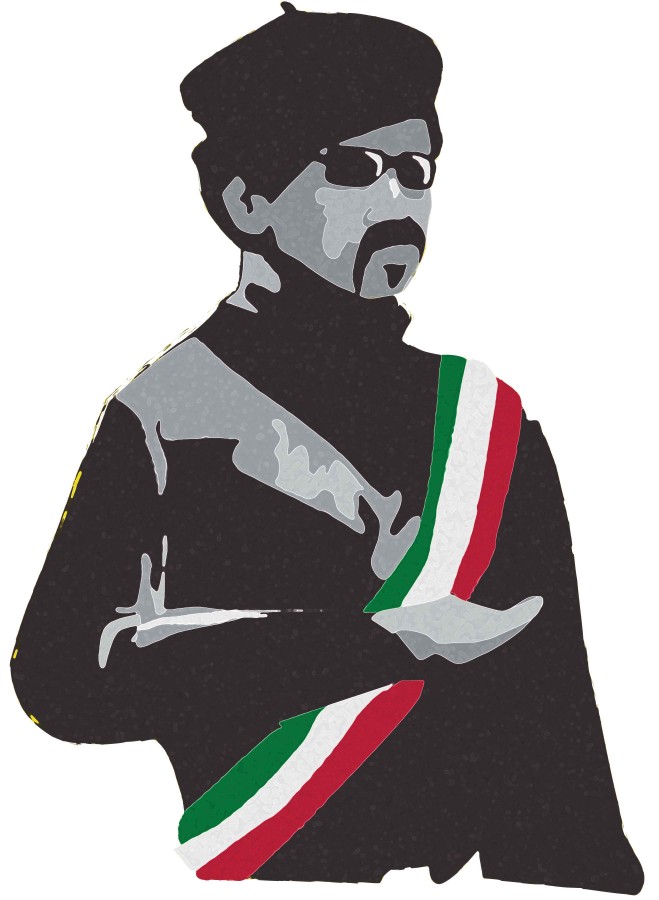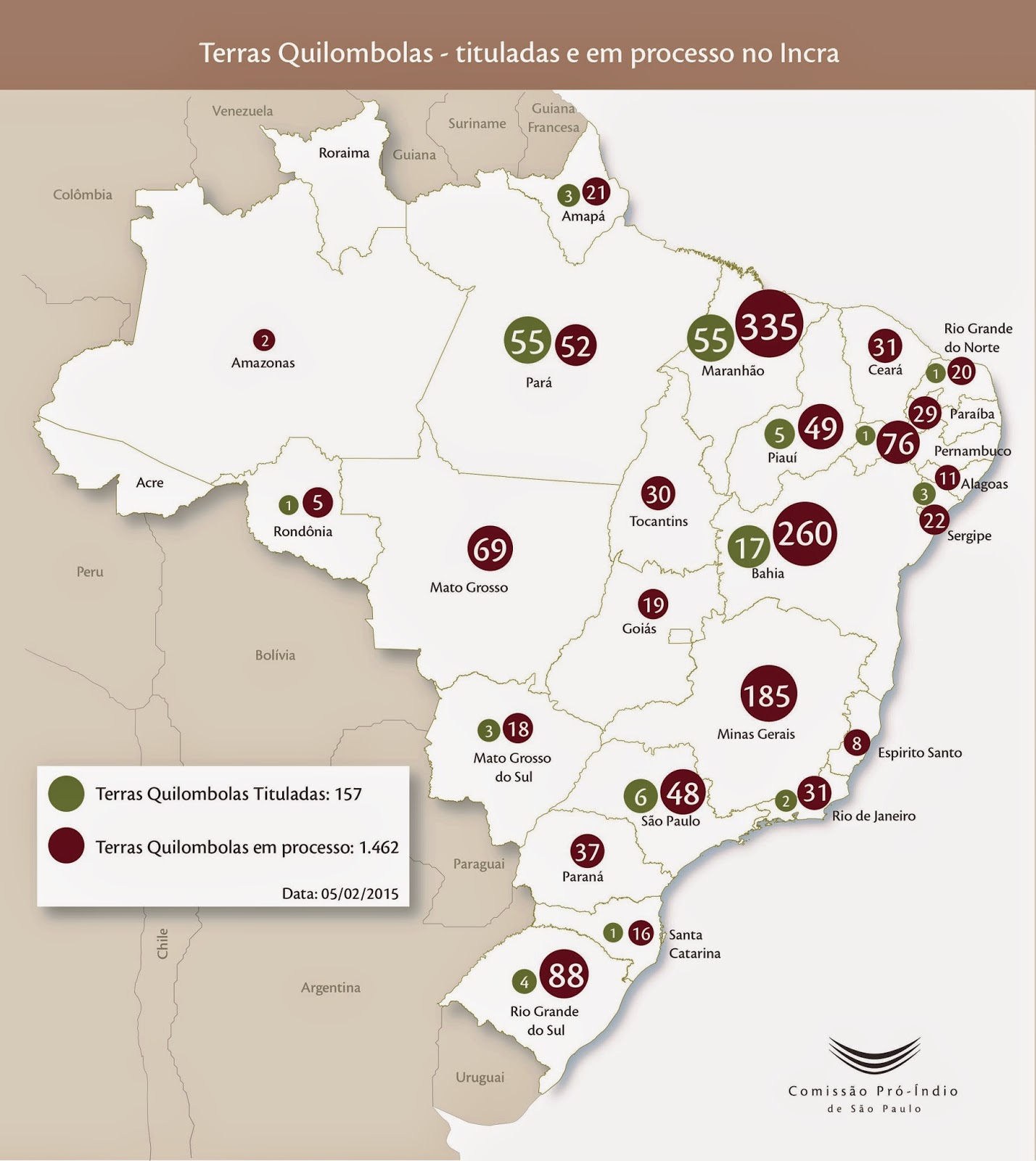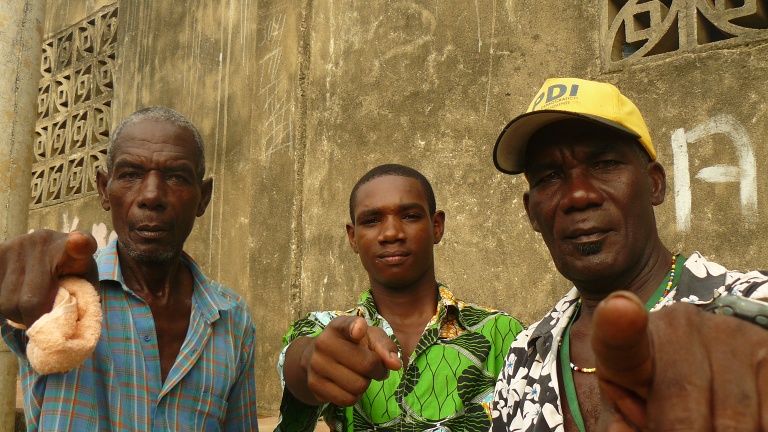An Emerging Entry In America's Multiracial Vocabulary: 'Blaxican'
March 8, 201610:00 AM ET
A selection of participants who identify as black and Mexican in Walter Thompson-Hernandez's Instagram project, Blaxicans of L.A.
Courtesy of Walter Thompson-Hernandez
When Melissa Adams and her sister were growing up in Lynwood, near Compton, California, their black father and Mexican mother taught them to be proud of all aspects of their identity: they were black,
and they were Mexican.
At home, that came easy. Publicly, it was harder.Take the time Melissa was named valedictorian of her middle school when she was 13. It was the first time anyone could remember a black student winning that honor at her school.
"Everyone was excited!" she said over breakfast at her family's house recently. "It was the first black valedictorian!" School administrators planned a special ceremony for her, and the dean called Adams into her office to congratulate her.
i
Melissa Adams (left) was a winner at a Pentathlon competition in middle school.
Courtesy of Melissa Adams
But when Adams walked in, the dean's smile melted away.
"She was notably disappointed by what she saw," Adams said, her voice trembling at the memory. "She didn't believe I was black." Adams, who has light skin, long, straight brown hair, and speaks Spanish, is used to people assuming that she's entirely Mexican or even white. She explained to the dean that her father was black, which was why she'd checked the box for that racial category on a school enrollment form. "She told me not to do that again," Adams recalled.
The problem is, Adams
feels just as black as she feels Mexican. She grew up eating grits and biscuits and
carne asada and
pozole; hearing dad talk about the civil rights era and visiting mom's family in Nayarit, Mexico
.Yet while she feels secure in her Mexicanness, she often feels like she's "grasping" for her blackness due to the way people interpret her appearance. "I know that I am black, but how do I present it to other people?" she said.
Twenty-year-old Alex Tillman, a student at UCLA,is also black and Mexican, and growing up she also struggled with how to identify. But in a way, her problem was the inverse of the one Melissa Adams has faced.
"I once had a Mexican person tell me I wasn't Mexican, because I looked black," Tillman said. "I had to choose between one or the other, and because I looked black, I had to
be black."
In terms of physical appearance, you could place Adams and Tillman on opposite ends of a spectrum represented by people who are both blackand Mexican. In Los Angeles, there are thousands of people in between. The number of people who have both a black and Mexican parent in that city started ballooning in the 80s and 90s, when Mexican immigrants
began moving into South L.A.'s black neighborhoods in large numbers, and people started getting together and creating families.
Like Adams and Tillman, many have struggled to explain their racial identity to the outside world, and sometimes even to understand it themselves.
Much of this has to do with the fact that biracial identity in the United States has often been understood in terms of black and white. And to the extent that labels are helpful for quickly self-identifying, they don't always exist for the diversity of racial possibilities that mixed Americans increasingly want to see recognized. When it comes to mixed-race in America, Mexican-American author Richard Rodriguez
has written, we rely on an "old vocabulary — black, white," but, "we are no longer a black-white nation."
This may be why in L.A., many young people who are both black and Mexican are turning to a handy word to describe themselves: "Blaxican."
It's not a new term. Walter Thompson-Hernandez, a researcher at the University of Southern California who focuses on immigration and race, has traced references back to the 1980s. But it'sgained new prominence in the last few years, since he launched a project called "Blaxicans of L.A." It's an Instagram account featuring photos of Blaxicans — with their varied hues, hair textures and facial profiles — accompanied by a quote from each person offering an insight on the Blaxican experience.
"How we're talking about Blaxicans is relatively new," Thompson-Hernandez said, "but it is a racial and ethnic experience that has existed for centuries at least." When it comes to L.A., twenty-six of the 44 Mexicans who founded El Pueblo de Los Angeles in 1781
were Mexicans of African descent, an ethnicity described today as "Afro-Mexican." Today, the city that pueblo became is home to many children born to a Mexican parent and an African-American parent.
Their story often gets lost in the way Angelenos tend to talk about the history of South L.A., and what happened when Mexicans started moving into its black neighborhoods in large numbers beginning in the 1980s. Residents of South L.A. will remember race riots, turf wars and tensions exploding on school campuses, like the time Mexican students at Inglewood High school walked out of a Black History Month assembly in 1990,
prompting black students to boycott a Cinco de Mayo celebration:
Families like Melissa Adams' represent instances when, as Thompson-Hernandez puts it, "black people and Mexican people came together and figured it out." But as his interviews make clear, it's not all gravy after that.
"Blacks and Mexicans are two of the most aggrieved groups in our nation's history," Walter-Hernandez said, and packing both of those identities into one person can amplify the struggles associated with being either. Some people he interviewed for the Instagram project have spoken of dealing with a black family member being assaulted by police at the same time that a Mexican family member was struggling with the threat of deportation. Others spoke of being forced to choose sides on the school playground. Or of being rejected by both sides.
Often, family is the source of tension.
Melissa Adams' mother, Manuela, remembered the snark she got from a Mexican sister-in-law when she learned Manuela was marrying a black man.
"She said, 'Oh, you're going to have monkey babies,'" Manuela said.
Thompson-Hernandez said interactions like this offer an opportunity to explore another prominent source of tension within the Blaxican experience: anti-black racism among Mexicans. Though black people have always been a part of Mexican society, Mexicans haven't always embraced that heritage. They've often shunned it, even while priding themselves on being a racially mixed population. It's just that they've tended to focus on
mestizaje, the European and indigenous parts of that mixture.
Curator Nathalie Sanchez and Walter Thompson-Hernandez set up an exhibit of his photos at a gallery in Los Angeles.
Adrian Florido/NPR
L.A. County is one place where Mexicans and Mexican-Americans are beginning to reexamine that relationship with blackness, thanks in part to the many Blaxicans who live there. It's hard to say exactly how many, because the U.S. Census makes it notoriously difficult for Latinos to accurately report their ethnic and racial backgrounds. But the 2010 Census counted 42,000 people in L.A. County who identified as Latino and black, many of whom, presumably, are black and Mexican.
Thompson-Hernandez says it's important to note that "Blaxican" is taking off at the same time that the U.S. is becoming a more multiracial society and Afro-Mexicans are gaining greater recognition in Mexico. He said that more and more, mixed-race people "want to be considered full and complete human beings. And by reinventing language, it gives us the ability to represent all that we are."
Melissa Adams, the middle school valedictorian, has longed for a way to do just that. She grew up hearing and internalizing stories about her great-uncles who were lynched in the Jim Crow South — one hung from a tree, the other tarred, feathered and tossed into the Mississippi River. The legacy of racial violence in her family cuts to the core of how and why Adams conceives of herself as black.
Sisters Melissa (left) and Amber Adams grew up in Lynwood, Calif., where their black father and Mexican mother taught them that they were black, and that they were Mexican, and to have pride in being both.i
Sisters Melissa (left) and Amber Adams grew up in Lynwood, Calif., where their black father and Mexican mother taught them that they were black, and that they were Mexican, and to have pride in being both.
Courtesy of Amber and Melissa Adams
But ever since that moment in her middle school dean's office, she's tread carefully when broadcasting her blackness. It's caused her a lot anxiety.
i
Sisters Melissa (left) and Amber Adams grew up in Lynwood, Calif., where their black father and Mexican mother taught them that they were black, and that they were Mexican, and to have pride in being both.
Courtesy of Amber and Melissa Adams
Last year, when Rachel Dolezal, who ran the Spokane office of the NAACP, was lambasted after it was discovered she was a white woman posing as black, Adams, who most people wouldn't immediately think of as black based on her physical appearance, was filled with a sense of dread. She didn't want people to accuse her of what Dolezal seemed to be doing: claiming a blackness to which many said she had no right.
"I try to be very careful about how I express myself," Adams said. On the one hand, she wants to identify in a way that captures her life experiences and honors the history of racial injustice in her family. "On the other end, I totally understand that I will never be able to relate to some of the injustices that happened to my family and to other people who look a certain way."
She said the pictures and stories on the Blaxicans of L.A. Instagram account have given her a way to think about her identity in a way she never could before.
Recently a couple hundred people, lots of Blaxicans among them, showed up to the Museum of Latin American Art in Long Beach to hear Thompson-Hernandez talk about his research. The next night, even more streamed in and out of a small gallery in L.A.'s Highland Park neighborhood for the opening of an exhibit featuring his photos.
They were hip events, full of proud, ethnically and racially ambiguous-looking young people. And it's worth noting: conversations about mixed race tend to focus on looks. Thompson-Hernandez said there's a tendency to talk about the "beauty" of mixed people. But that can be a problem, because it allows us to "confuse racial mixing and interracial marriages with being a panacea for racial intolerance."
Alex Tillman has struggled how to identify herself over the years. She has often been told she's not Mexican because she looks black.i
Alex Tillman has struggled how to identify herself over the years. She has often been told she's not Mexican because she looks black.
Courtesy of Alex Tillman
Instead, he says, the term "Blaxican" and events like these are creating spaces for Blaxicans to explore the diversity and similarities in their experiences. At both the museum lecture and the gallery opening, there was a palpable feeling of inclusion.
i
Alex Tillman has struggled how to identify herself over the years. She has often been told she's not Mexican because she looks black.
Courtesy of Alex Tillman
"I'm really excited," one audience member said. "As a Blaxican in L.A., it's just really refreshing to be in a space where this conversation is happening." That seemed to be the overwhelming sentiment among people who showed up.
This momentum is exciting for Alex Tillman, who has often been told she's not Mexican because she looks black. She said before a community of people started emerging around the term Blaxican, she had to figure herself out on her own.
"When you're little, you don't realize there's a problem with your identity. Like, you don't realize that you're black or Mexican or anything," she said. "And then when you grow up you learn about all the struggles you have just by being whatever you are. But then, you go through that struggle, and you get to a point where it's like, 'I'm just me.'"
Tillman said she got to that point only recently, around the time she learned about Thompson-Hernandez's project, and heard the word Blaxican for the first time. It gave her a neat if imperfect label for herself. She also saw that there were a lot of people having the same identity struggles that she did.
"Now, it's like a solidarity thing," she said, about the term and the people she's met through Thompson-Hernandez's work. "It's reinforcing what I feel about myself. I can identify with a lot of things that people have said, and that's just beautiful."

























